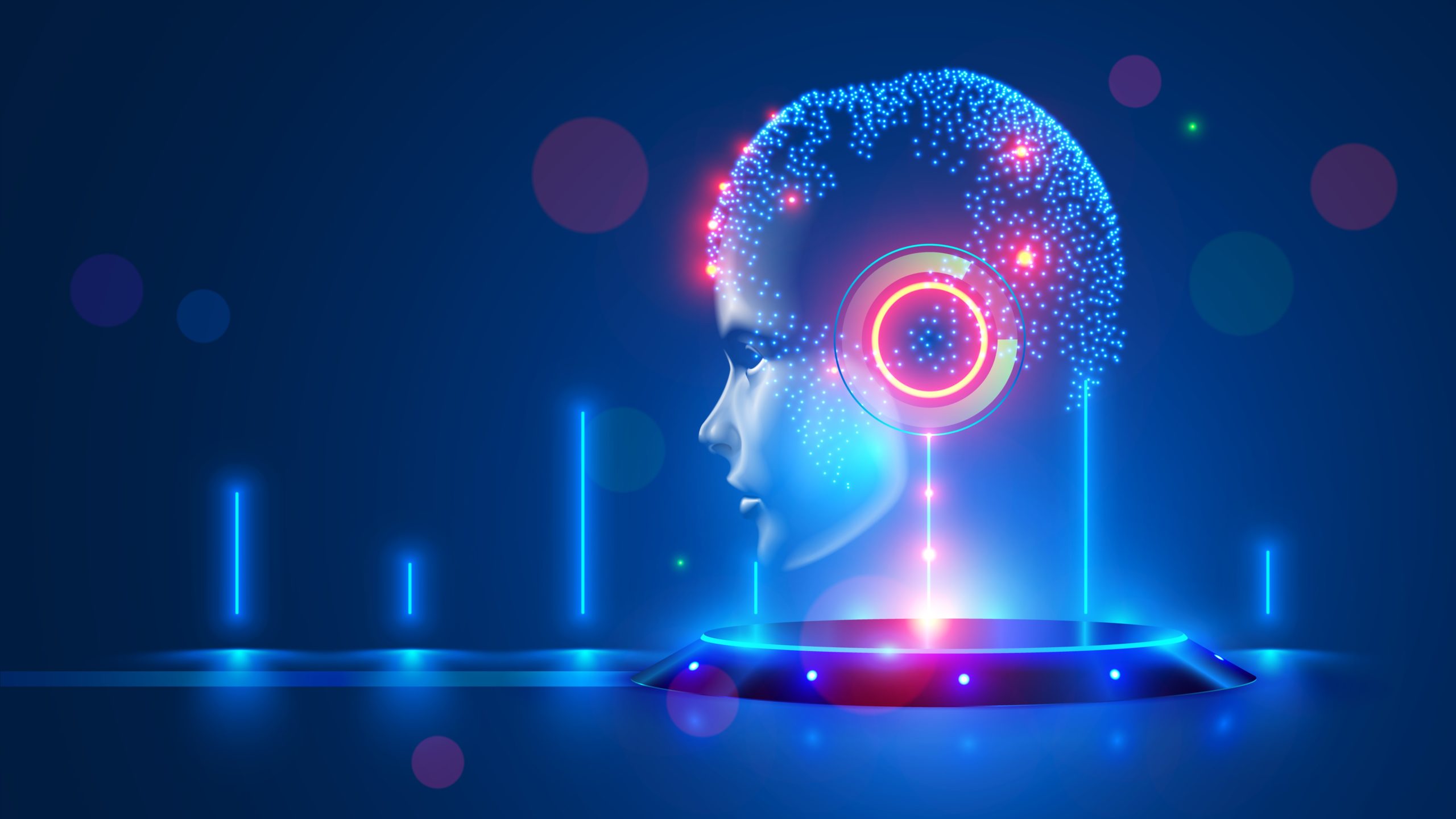
AI’s Odyssey Towards Human-Like CommunicationAI’s Odyssey Towards Human-Like Communication Artificial Intelligence (AI) has embarked on a transformative journey towards mastering human-like communication. This endeavor, replete with both challenges and triumphs, is a testament to AI’s burgeoning sophistication. Early Struggles: Understanding Context and Intent Initial AI communication systems grappled with comprehending the subtle nuances of human language, such as context and intent. They often responded with mechanical, literal interpretations, failing to capture the underlying meaning. Breakthroughs in Natural Language Processing (NLP) However, advancements in NLP have empowered AI to decode complex language patterns, infer sentiments, and grasp the finer details of human conversation. By analyzing vast text corpora, AI has developed a rudimentary understanding of the richness and complexity of our language. Generative Language Models: A New Era The advent of generative language models, such as GPT-3 and BERT, has ushered in a paradigm shift in AI communication. These models can generate human-like text, seamlessly incorporating natural language structures and patterns. They have propelled AI from passive language learners to active conversationalists. Chatbots: The Frontend of AI Communication Chatbots, powered by AI communication engines, serve as the primary interface between humans and AI. They have become ubiquitous in customer support, e-commerce, and other domains, providing users with instant, personalized responses. Current Challenges: Emotion, Sarcasm, and Nonverbals Despite significant progress, AI still faces challenges in capturing the full spectrum of human communication. Emotion, sarcasm, and nonverbal cues remain enigmatic for AI, as they rely on contextual understanding and social intelligence. Overcoming the Challenges: Novel Approaches Researchers are exploring novel approaches to address these limitations. Emotional AI techniques aim to equip AI with the ability to recognize and respond to human emotions. Multimodal AI systems combine verbal and nonverbal cues to provide a more holistic understanding of communication. Ethical Considerations: Data Bias and Privacy The human-like communication capabilities of AI also raise ethical concerns. Data biases can perpetuate prejudices, and privacy infringement risks arise from AI’s ability to collect and analyze vast amounts of personal information. The Road Ahead: Towards True Human-Like Communication AI’s journey towards human-like communication continues to evolve. By leveraging advancements in NLP, generative language models, and multimodal AI, AI is poised to become an ever more sophisticated conversational partner. As AI’s communication skills continue to improve, it has the potential to transform our interactions, enhance our understanding of the world, and pave the way for unprecedented collaborations between humans and machines.
Posted inNews